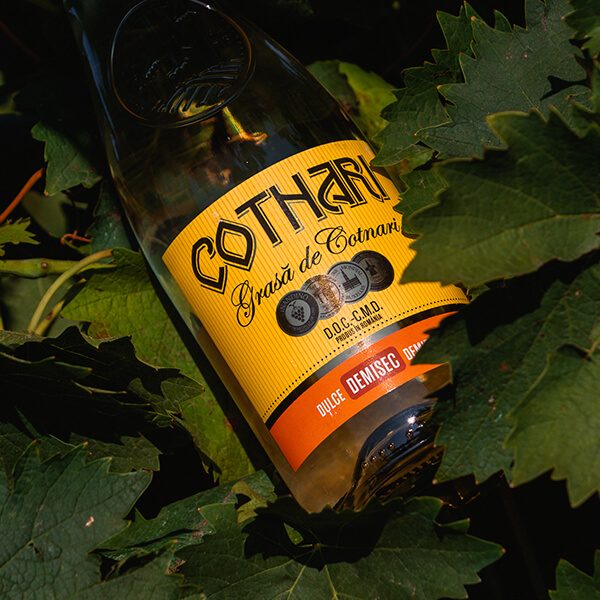The beginningWine culture


HISTORY
If we could turn back about 2,500 years ago, we would find on the Catalina hill a traco-getic fortress that stood around. Inside the fortress, on an area of 5 hectares, there were the dwellings of the ruler of the city and its neighbors, and down, at the foot, were the settlements of the others, of the common people who cultivated the lands. The discoveries within the fortress of Cătălina brought convincing arguments about the vineyard culture at Cotnari, precisely from the times of Burebista (82-44 BC).
CRAFT
It is said that the name of Cotnari is given by the craft of the barrel crank (elbow, chopping, and masonry). At 1599 Cotnari (with 3,500 smokes) was one of the biggest fairs of Moldova, after Suceava and Bacau.




ACKNOWLEDGMENTS
The first historical mentions of the Cotnari vineyard date back to the 18th century. Nicolae Costin writes that the Cotnari vineyards were known before the foundation of Moldavia in 1359, and A.D. Xenopol mentions the existence of the vineyards here in 1288. Radu Rosetti goes on to mention the vineyard at 1250.
EVIDENCE
As early as the beginning of the 15th century, the accounts of the Cotnari vineyard became substantial, during the reigns of Peter II (1444-1449), Stefan cel Mare (1457-1504) and Despot-Voda (1561-1563) , when the vineyard reached a maximum share both in the size of the area cultivated with the vine and in the quality of the wine obtained. The first evidence of the vineyard’s total vineyard date back to 1830 when 500 pogonas out of 720 of Cotnari belonged to the locals.




VISIT US!


